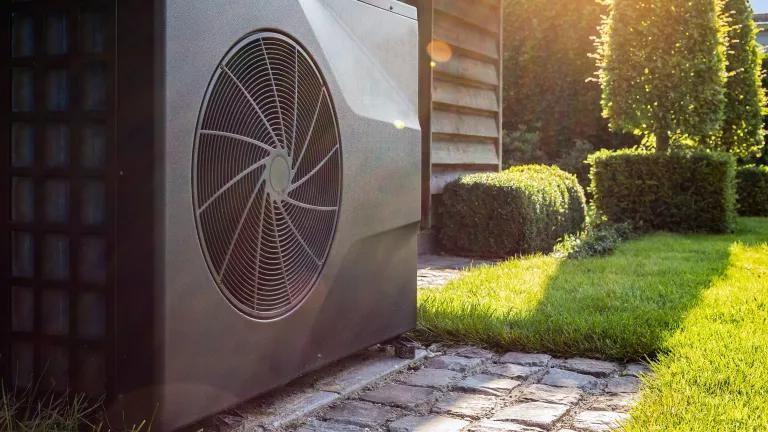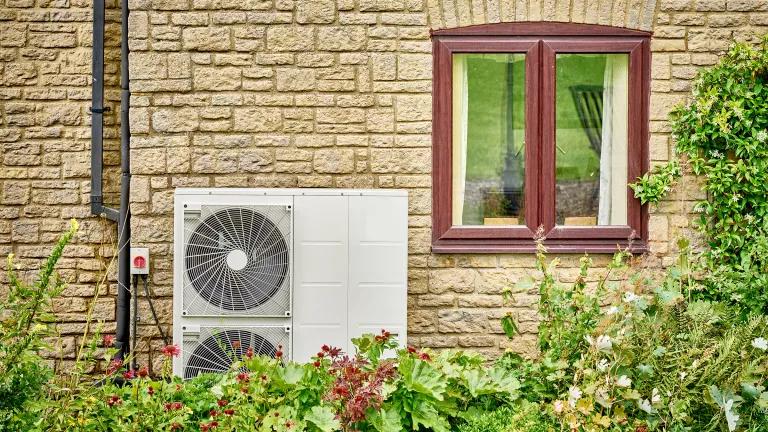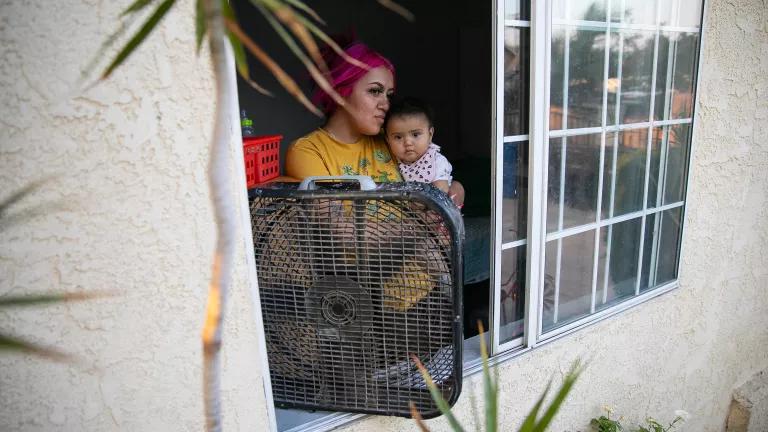The Cool Way to Heat: CA Is Poised to Encourage “Smart” AC Units
Proposed regs encourage new AC installs to be heat pumps, enabling customers to access heating and cooling in one clean appliance.

Brace yourself – the California Energy Commission (CEC) recently dropped a 600-page draft of updates to the 2025 state building code. If you can get through it, you’ll find a lot of really thoughtful changes (our comments on the draft). One particular bright spot is the push toward installing heat pumps or “smart” ACs in existing buildings, instead of outdated one-way air conditioning (AC) units.
Consumers have two primary technologies available for adding cooling to homes: central air conditioning and heat pumps. A heat pump is nearly identical to a central air conditioner with one small but important difference: a reversing valve that allows it to provide heating or cooling.
As shown in our analysis, this reversing valve has minimal additional equipment cost and the install process in most buildings is the same as a traditional AC. But consumers, businesses and schools gain the option to efficiently heat their homes with clean electricity – instead of burning a polluting fossil fuel.
The draft regs don’t ban one-way ACs or require the removal of gas furnaces, existing furnaces can be left in place. Instead, they require a contractor to either install a heat pump or include additional efficiency improvements with AC installation to make up for the lost efficiency savings a heat pump would have provided. Given that most people have no idea that they could get two appliances in one, encouraging heat pump installations at the time of AC replacement could lead to a wave of new installations across the state.
Every AC-only installation is a missed opportunity to advance the clean energy transition with a heat pump. According to recent analysis, if California converted the entire market for central AC to heat pumps, we could electrify space heating in more than half of California homes by 2030, compared with just 19% of homes given our state’s current trajectory.
This single step would take a huge bite out of emissions from homes and buildings, and significantly advance Governor Newsom's goal of deploying 6 million heat pumps in California by 2030. Using heat pumps for both space and water heating cuts climate pollution from the average California home by more than half over the next 15 years compared to homes that burn gas.
Avoiding the installation of one-way ACs now will also save families money and hassle down the road, as the California Air Resource Board (CARB) moves toward zero-emissions appliances standards in 2030 which will require heat pumps to be installed instead of polluting gas furnaces. This rule is already in place in the Bay Area, where starting in 2029, when a gas furnace burns out it will need to be replaced with a heat pump thanks to newly approved air quality regulations.
Households that install a central AC system now, just to have their furnace burn out a few years down the line, could end up paying for two expensive cooling systems when they could just pay for one. But who is thinking about these future regulations when they are just trying to get their AC replaced on a hot summer day? A reversing valve should be in every AC unit in the state as standard practice, to avoid this wasted opportunity.
The same opportunity exists for the AC “roof top units” used by small businesses and many schools - a reversing valve makes these units able to provide clean heat. Wisely, the CEC proposal covers these units as well. For both residential and commercial units, the proposed regs also include exceptions for atypical installations – such as where a panel upgrade would be required.
The draft regulations from the CEC are an important step forward. Millions of central air conditioning systems in California homes are approaching burnout, and as temperatures rise many families will also be seeking out AC for the first time. Without action, the vast majority of these systems will be replaced with outdated one-way AC units, and we’ll miss out on the climate and economic benefits that heat pumps deliver.




